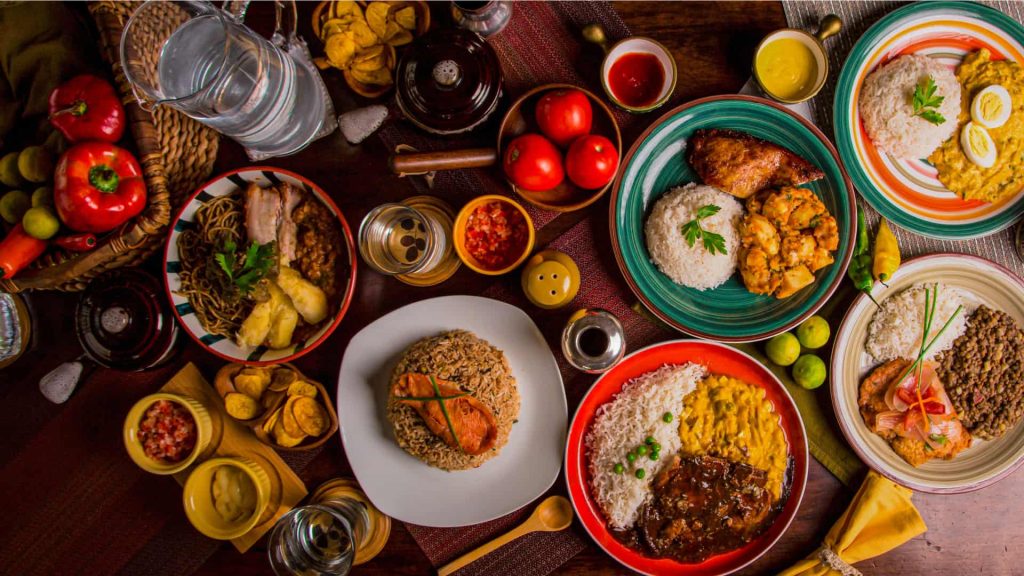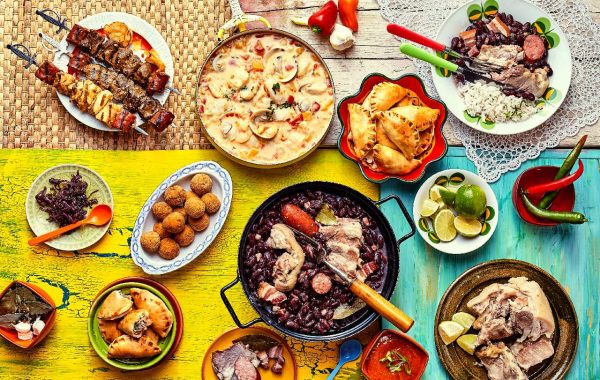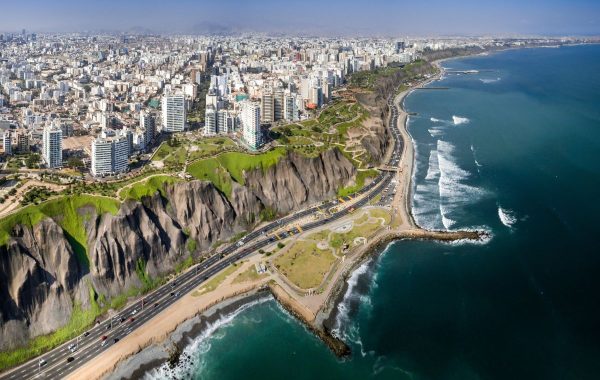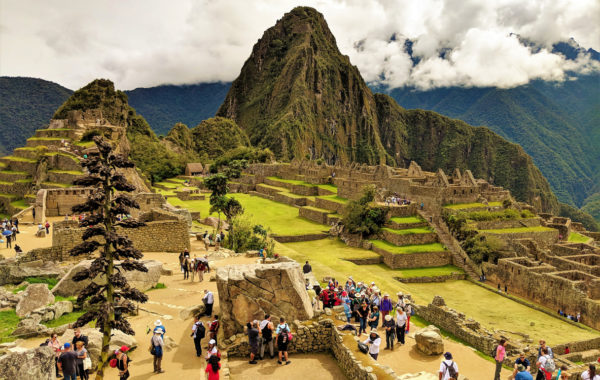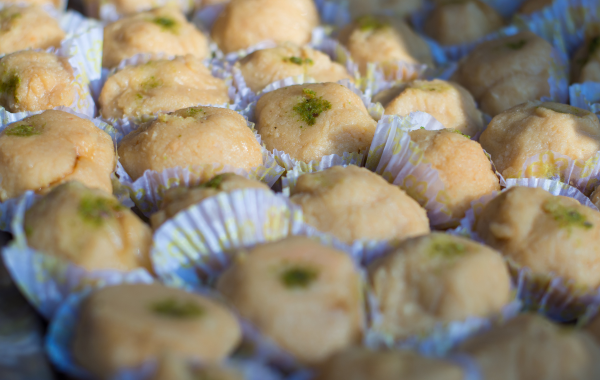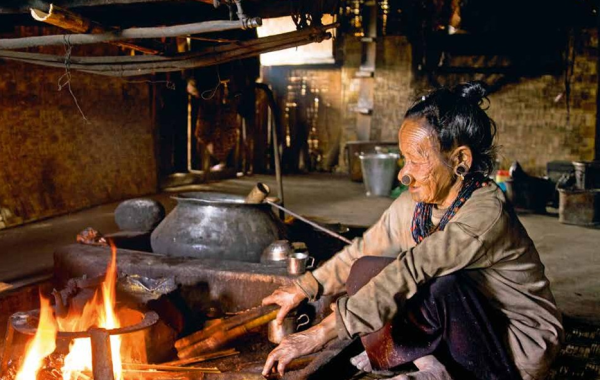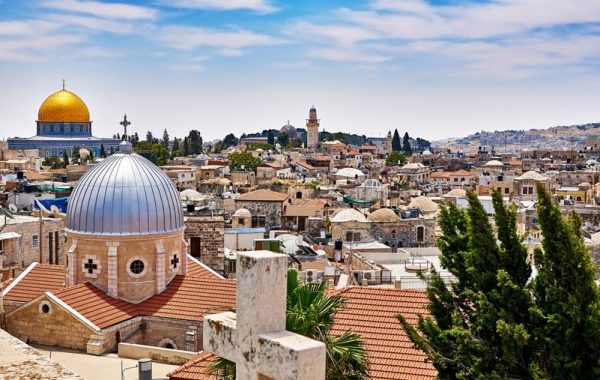Peruvian cuisine has gained worldwide acclaim for its rich flavors, variety, and cultural significance. Its culinary landscape is a flavorful blend of ancient traditions, unique local ingredients, and influences from global migrations. Here are six essential insights into Peruvian food culture, highlighting the remarkable diversity and vibrancy that defines the culinary experience in Peru.
1. A Love for Spicy Flavors
Spicy flavors are an integral part of Peruvian cuisine, with capsicums and chilies as beloved staples. Many Peruvian dishes feature bold, spicy notes that locals adore, and a visit to one of the country’s famed “picanterías” provides a firsthand taste of this spicy affinity. These casual eateries, particularly popular in cities like Cusco and Arequipa, serve one-pot stews and other hearty, spicy dishes that highlight Peru’s dedication to strong flavors. The term “picantería” is derived from the Spanish word picante, which means “spicy” or “hot,” perfectly capturing the fiery essence of these dishes.
2. Culinary Fusion Driven by Cultural Diversity
Peru’s culinary diversity is rooted in its rich cultural history. Over the centuries, Peru became a melting pot of global influences due to waves of immigrants from Spain, Africa, China, Japan, Italy, and other regions. This mix of cultures has combined with Peru’s indigenous ingredients to create a unique culinary style. Peru boasts thousands of potato varieties, numerous types of quinoa, and flavorful peppers like rocoto. The fusion of these local ingredients with techniques and recipes introduced by immigrants has resulted in a cuisine that is celebrated for its complexity and depth. Today, Peruvian food is a testament to this historical exchange, resulting in a flavor palette that is unlike any other.
3. A Deep Connection to the Ocean and Indigenous Meats

Peruvians have a deep appreciation for fresh ingredients, particularly seafood, due to the country’s extensive Pacific coastline. Ceviche, a national favorite, exemplifies this connection to the ocean. Prepared with fresh fish cured in lemon juice and garnished with chilies and herbs, ceviche celebrates the simplicity and freshness of the sea. Another well-loved dish is pollo a la brasa, or rotisserie chicken, which is so cherished that Peruvians celebrate an annual day dedicated to it. In addition to these, Peruvians in the Andes and highland areas enjoy traditional meats like alpaca and cuy (guinea pig), the latter of which has been a staple in the Andean diet for centuries.
4. Surprisingly Vegetarian-Friendly
Although Peru is known for its love of meat and seafood, it is also recognized as one of the most vegetarian-friendly destinations in South America. The country offers an impressive array of vegetarian options, with over 280 vegetarian restaurants across its cities. Peru even ranks as the fifth most vegetarian-friendly country globally. Notable vegetarian dishes include papa a la huancaina, a dish featuring boiled potatoes draped in a creamy yellow chili and cheese sauce, and locro, a heartwarming stew made with corn, beans, potatoes, and pumpkin. The abundance of these flavorful vegetarian options ensures that plant-based eaters can also fully enjoy Peru’s culinary offerings.
5. A Shared Love of Rice Dishes
Rice is a universal staple in Peruvian cuisine, accompanying most meals and providing a foundation for several beloved dishes. One popular Peruvian dish is arroz chaufa, a local adaptation of fried rice that reflects the influence of Chinese immigrants on Peruvian cooking. Another traditional rice dish is arroz con leche, a sweet, comforting dessert reminiscent of rice pudding found in many cultures around the world. This shared affinity for rice connects Peru with many global cuisines, including South Asian food cultures, where rice is also a key ingredient.
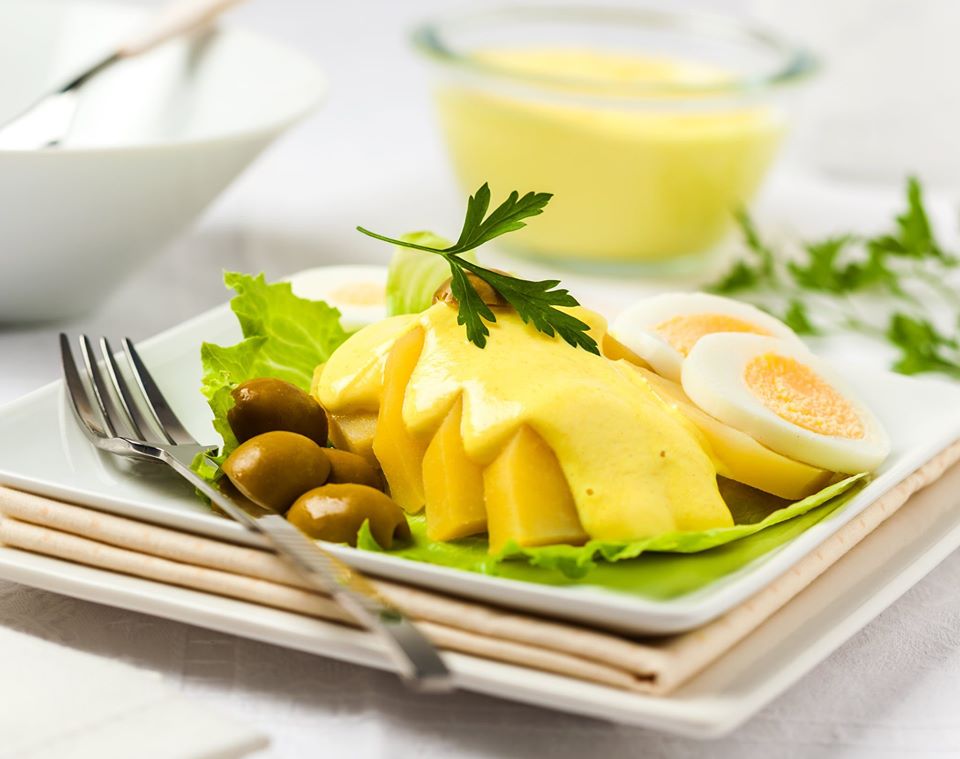
6. A Treasure Trove of Superfoods
Peru is a powerhouse when it comes to superfoods, with over 30 varieties grown throughout the country. Some of the most notable Peruvian superfoods include giant corn, purple corn, avocados, and lúcuma, a sweet fruit related to the sapodilla (or chikoo in India). Maca, sacha inchi, and camu camu are other Peruvian superfoods that have gained international popularity for their health benefits and unique flavors. Known for their medicinal properties and nutrient density, these superfoods have become popular around the world as health-conscious consumers seek natural, nutrient-rich foods. Today, many of these superfoods are available in India, bridging culinary cultures and encouraging cleaner, more wholesome eating.
Peruvian cuisine offers a journey through history, geography, and culture, making it one of the most unique culinary experiences in the world. From the fiery flavors of local chilies to the fusion of indigenous ingredients with international influences, Peruvian food is a vibrant celebration of cultural diversity. With its vast selection of dishes, ranging from seafood delicacies like ceviche to vegetarian-friendly stews and nutrient-dense superfoods, Peru has something to offer every palate. For food lovers, Peru’s cuisine represents more than just meals—it’s an invitation to explore a complex, flavorful culture that continues to gain recognition on the global stage.
For latest travel news and updates, food and drink journeys, restaurant features, and more, like us on Facebook or follow us on Instagram. Read more on Travel and Food Network
Book Your Travel Packages


